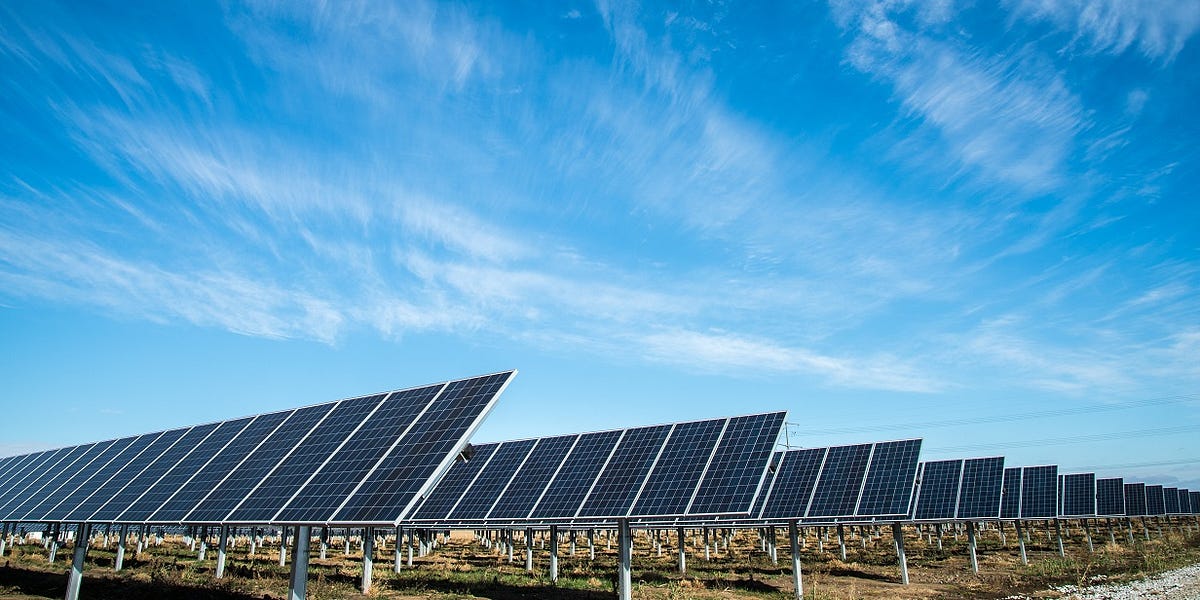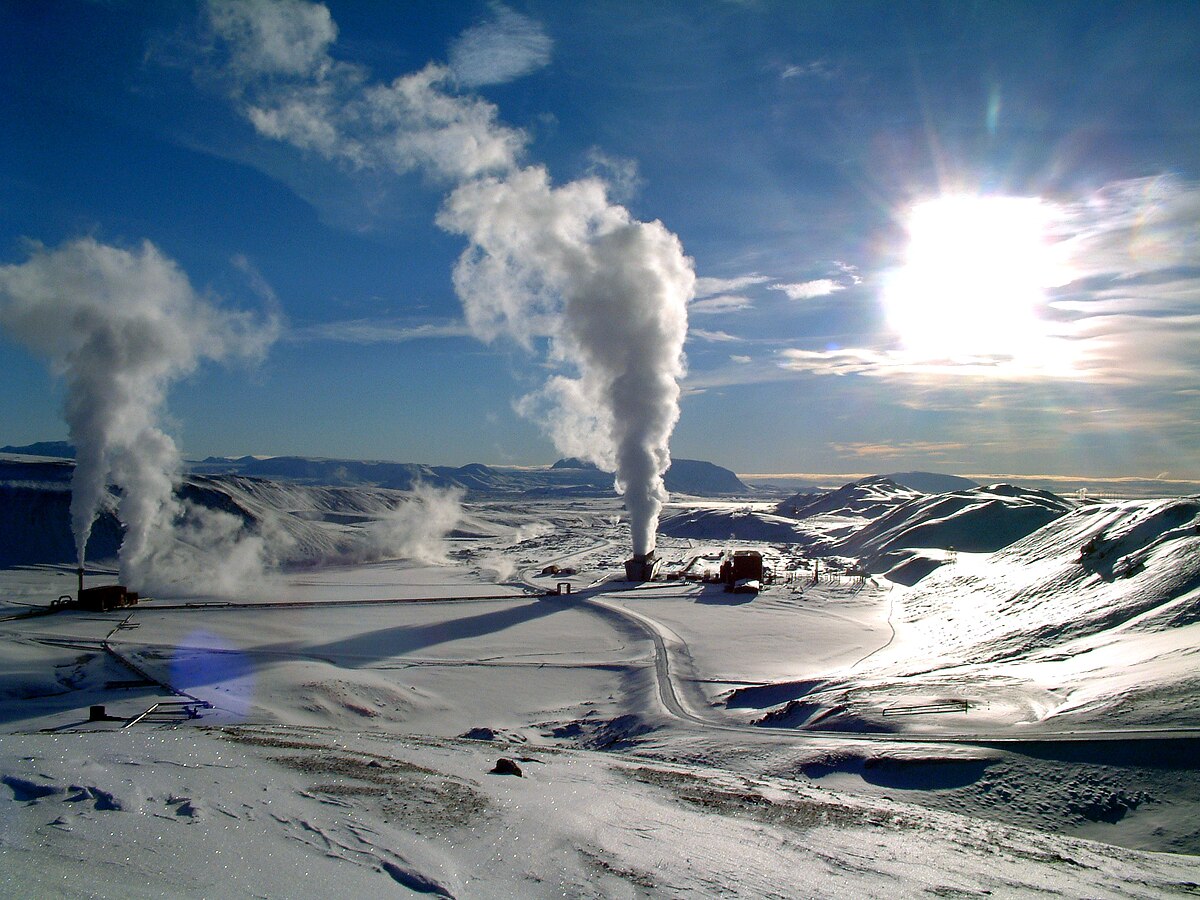Another dose of techno-optimism from Noah Smith:

 www.noahpinion.blog
www.noahpinion.blog
His basic theme is that the debates from a decade ago about how we had to choose between killing the climate or killing the economy are DEAD. Now we can clearly grow the economy while fixing the climate, bc solar and batteries have gotten cheap, and are being rolled out at scale in a bunch of places (except maybe the Harris Ranch supercharger).
Its his usual greatest hits, if you ever read this stuff. But he has a new (2023) chart on the price of Li batteries that shows that they **finally** crossed the magical threshold of $100/kWh last month. We all read that the prices of these batteries went UP last year due to supply chain issues and inflation, etc, and there were LOTS of stories about that. Haven't seen any other recent stories about how they have started to fall again, to record lows. Hmmm. Dog bites a man, not news. Man bites a dog? Leads.
How cheap? He says that utility-scale PV + batteries' production now costs $46-102 per MWh, or 4.6-10.2 cents per kWh. Compare that to your price in New England. Combined gas cycle and onshore wind give a very similar range of numbers, everything else is more expensive. Boom.
I can be critical that he does the thing where he talks about **capacity** numbers for gigawatts, rather than production. This makes solar look 3-4x bigger than other sources, since it has a 20% capacity factor (at best). Of course, fair is fair, since the 'other side' likes to play games too, talking not about production, but about BTU **inputs** which make fossils look 3-4x bigger than solar bc they have 20-30% efficiency.
So, I'd scale all his solar numbers by 1/4th, and they would still be impressively large. He points out the the capacity additions for the US in 2023 are at 29 GW for utility-scale solar, and 10 GW for grid batteries. If you divide by 4, that is the same solar production as 8 very large (1 GW 90% uptime) nuke plants, added just this year. And if you worry about intermittency, the batteries are covering a third of those additions, meaning that the non-intermittent (on a 4 hour scale, presumably) production is still the same as 3 large nuke plants.
And that is just what was added this year in the US, when battery prices during planning (in 2022) were still high.
He points out that TEXAS has current plans to install 100 GW PV and 50 GW batteries by itself. That is 3X the US numbers for 2023 above, or the same as just TX installing the energy production of 25 large nuke plants, with half of it with 4 hour battery backup! Somebody tell Abbott!
But don't worry... we are living in an age of energy scarcity the likes of which we haven't seen since the 1970s. And the price of gas is gonna cripple everyone if we elect the wrong person in 2024.
He also points out that the IEA, which has a history of underestimating, says that installed global PV capacity will exceed global coal capacity in 2027! That is close enough (4 years) to be a reasonable prediction, and if the IEA is wrong as usual, maybe it will happen in 2 or 3 years.
Applying my rule of 1/4 to that and extrapolating would still say we need until 2035 for solar to pass coal production, but that is not nothing neither.
It's happening folks.

Our climate change debates are out of date
Solar and batteries are going to win, and our thinking needs to adjust accordingly.
His basic theme is that the debates from a decade ago about how we had to choose between killing the climate or killing the economy are DEAD. Now we can clearly grow the economy while fixing the climate, bc solar and batteries have gotten cheap, and are being rolled out at scale in a bunch of places (except maybe the Harris Ranch supercharger).
Its his usual greatest hits, if you ever read this stuff. But he has a new (2023) chart on the price of Li batteries that shows that they **finally** crossed the magical threshold of $100/kWh last month. We all read that the prices of these batteries went UP last year due to supply chain issues and inflation, etc, and there were LOTS of stories about that. Haven't seen any other recent stories about how they have started to fall again, to record lows. Hmmm. Dog bites a man, not news. Man bites a dog? Leads.
How cheap? He says that utility-scale PV + batteries' production now costs $46-102 per MWh, or 4.6-10.2 cents per kWh. Compare that to your price in New England. Combined gas cycle and onshore wind give a very similar range of numbers, everything else is more expensive. Boom.
I can be critical that he does the thing where he talks about **capacity** numbers for gigawatts, rather than production. This makes solar look 3-4x bigger than other sources, since it has a 20% capacity factor (at best). Of course, fair is fair, since the 'other side' likes to play games too, talking not about production, but about BTU **inputs** which make fossils look 3-4x bigger than solar bc they have 20-30% efficiency.
So, I'd scale all his solar numbers by 1/4th, and they would still be impressively large. He points out the the capacity additions for the US in 2023 are at 29 GW for utility-scale solar, and 10 GW for grid batteries. If you divide by 4, that is the same solar production as 8 very large (1 GW 90% uptime) nuke plants, added just this year. And if you worry about intermittency, the batteries are covering a third of those additions, meaning that the non-intermittent (on a 4 hour scale, presumably) production is still the same as 3 large nuke plants.
And that is just what was added this year in the US, when battery prices during planning (in 2022) were still high.
He points out that TEXAS has current plans to install 100 GW PV and 50 GW batteries by itself. That is 3X the US numbers for 2023 above, or the same as just TX installing the energy production of 25 large nuke plants, with half of it with 4 hour battery backup! Somebody tell Abbott!
But don't worry... we are living in an age of energy scarcity the likes of which we haven't seen since the 1970s. And the price of gas is gonna cripple everyone if we elect the wrong person in 2024.
He also points out that the IEA, which has a history of underestimating, says that installed global PV capacity will exceed global coal capacity in 2027! That is close enough (4 years) to be a reasonable prediction, and if the IEA is wrong as usual, maybe it will happen in 2 or 3 years.
Applying my rule of 1/4 to that and extrapolating would still say we need until 2035 for solar to pass coal production, but that is not nothing neither.
It's happening folks.



 Exactly, we're asking those now.
Exactly, we're asking those now.